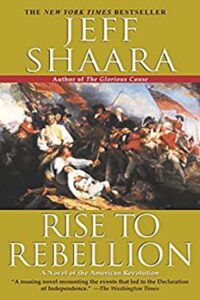Black Elk Speaks

I can still see the butchered women and children lying heaped and scattered all along the crooked gulch as plain as when I saw them with eyes still young. And I can see that something else died there in the bloody mud, and was buried in the blizzard. A people’s dream died there. It was a beautiful dream . . .
Black Elk Speaks is a remarkable autobiographical account that tells the story of Black Elk, a Native American healer and spiritual leader of the Oglala Lakota Sioux tribe. The book was initially published in 1932 and is based on conversations between Black Elk and author John Neihardt. Through Neihardt’s vivid and empathetic retelling, Black Elk’s inspiring narrative offers readers a deeply intimate and profound glimpse into the life, culture, and spiritual beliefs of the Lakota Sioux people.
The book begins by introducing readers to the early life of Black Elk, who was born in 1863 during the bloody, turbulent era of the American Indian Wars. Black Elk’s recollections provide a firsthand account of the devastation that the Native American tribes faced as they struggled to defend their lands, traditions, and way of life against encroaching settlers.
Black Elk’s narrative then shifts towards his personal spiritual journey. As a young boy, he encounters a series of visions that significantly shape the course of his life. Guided by these visions and the spiritual teachings of his family, Black Elk becomes a respected medicine man and spiritual leader within his tribe.
Throughout the book, Black Elk discusses the unity and interconnectedness he feels with the natural world, emphasizing the importance of respecting and preserving the balance of nature. He also recounts the Battle of Little Bighorn and the tragic events that followed, including the forced relocation of thousands of Native Americans to reservations.
Black Elk’s profound spiritual experiences and the rituals he performed are described in great detail, allowing readers to gain a deeper understanding of Lakota Sioux spirituality and their reverence for the sacred.
I can still see the butchered women and children lying heaped and scattered all along the crooked gulch as plain as when I saw them with eyes still young. And I can see that something else died ...